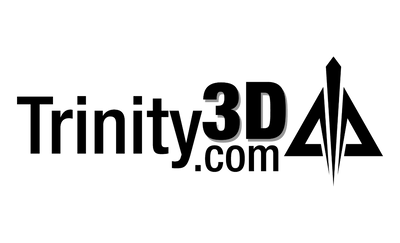RenderZone offers advanced features for producing highly realistic images by incorporating global illumination techniques. This involves accurately depicting the distribution of light in a scene, resulting in renderings that closely resemble real-life environments. RenderZone includes various global illumination techniques, such as final gather, ambient occlusion, and radiosity, which can be applied individually or combined for optimal results.
The software also provides multiple lighting options, including ambient, distant (sun), cone, point, projector, area, custom, line, environment, and atmospheric lights. In images, the lights can appear to glow, simulating the reflection of light particles off dust in the air. The environment and atmospheric lights are especially optimized for global illumination, while other light types produce either soft (mapped) or hard (raytraced) shadows.
Additionally, RenderZone offers features such as cubic and spherical environment mapping, bumps, backgrounds with alpha channel support, depth effects, and post-processing effects like blur. State-of-the-art shaders are used to render surfaces and other effects, with up to four layers of shaders defining a material's color, reflections, transparency, and bump effects. Patterns in shaders can be pre-captured images or produced through a procedure. Transparencies, reflections, and refractions can be applied at the z-buffer and raytrace levels, with raytracing being used for producing reflections and refractions for surfaces with no reflections.
Multiple processors can be utilized to accelerate raytraced renderings, and a sketch rendering mode is available for creating non-photorealistic images that resemble manual rendering techniques like oil painting, watercolor, or pencil hatches.

